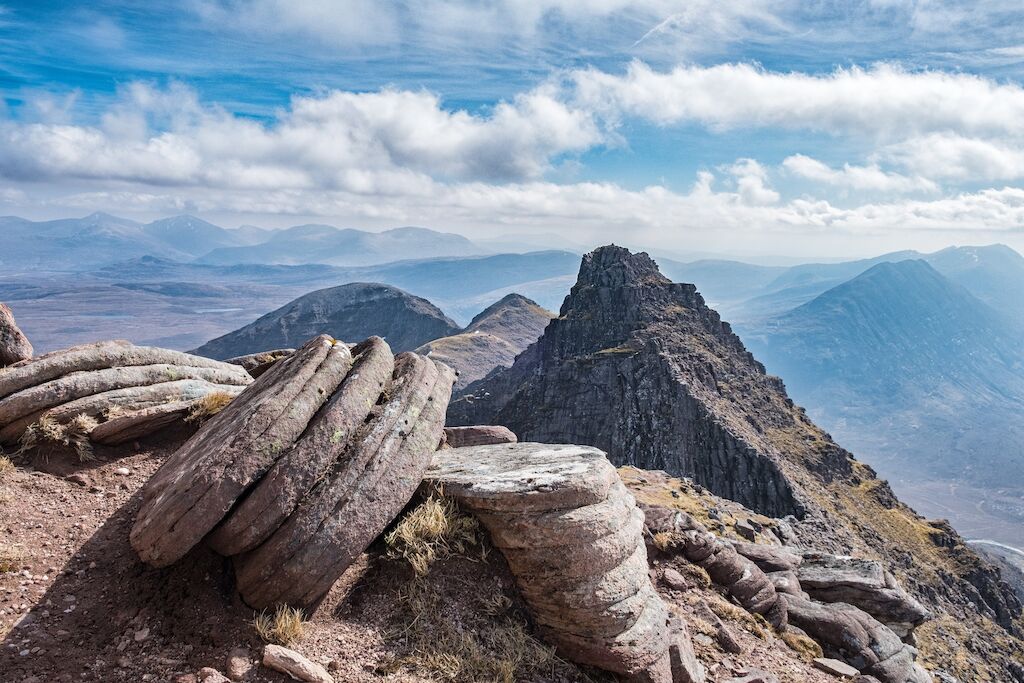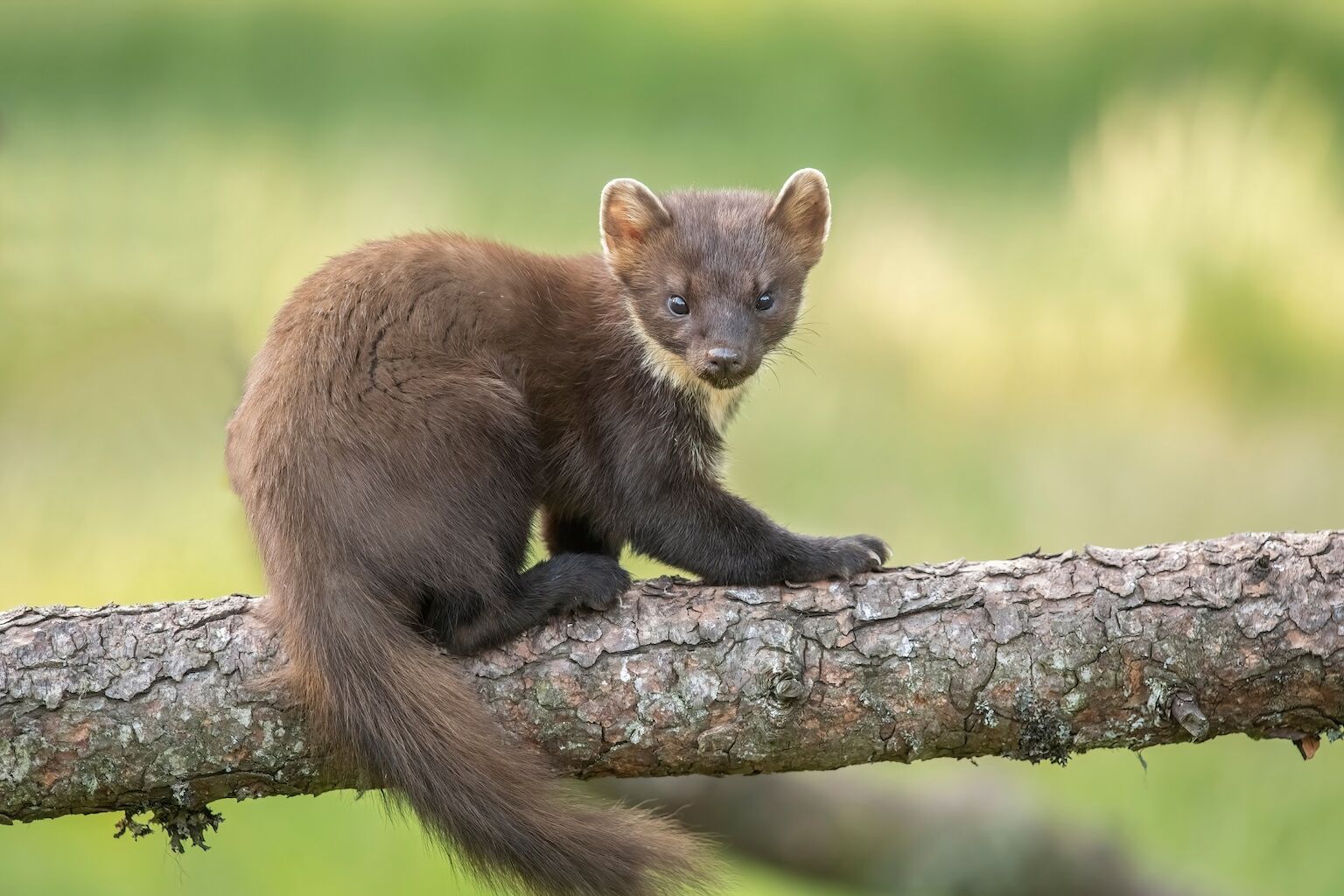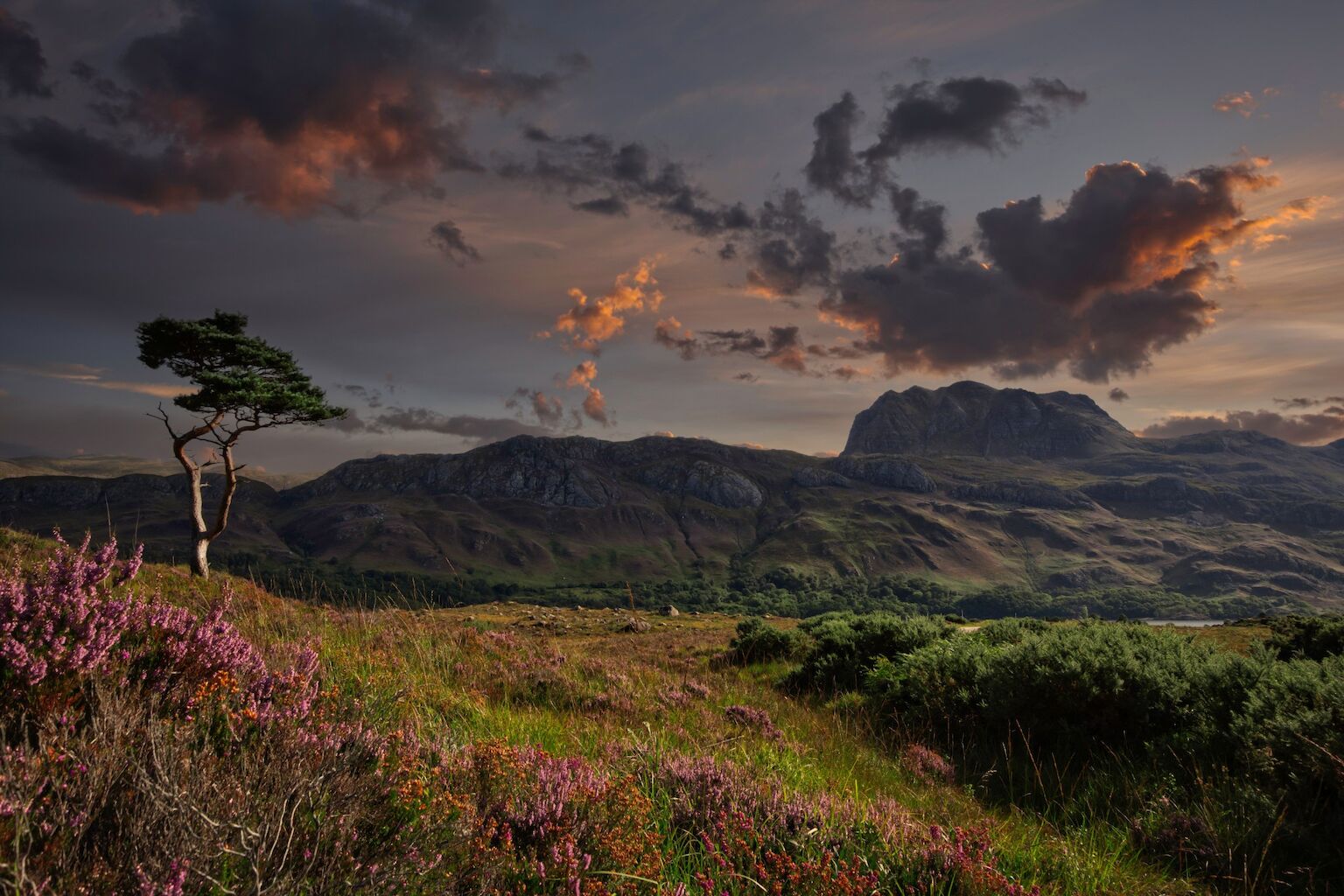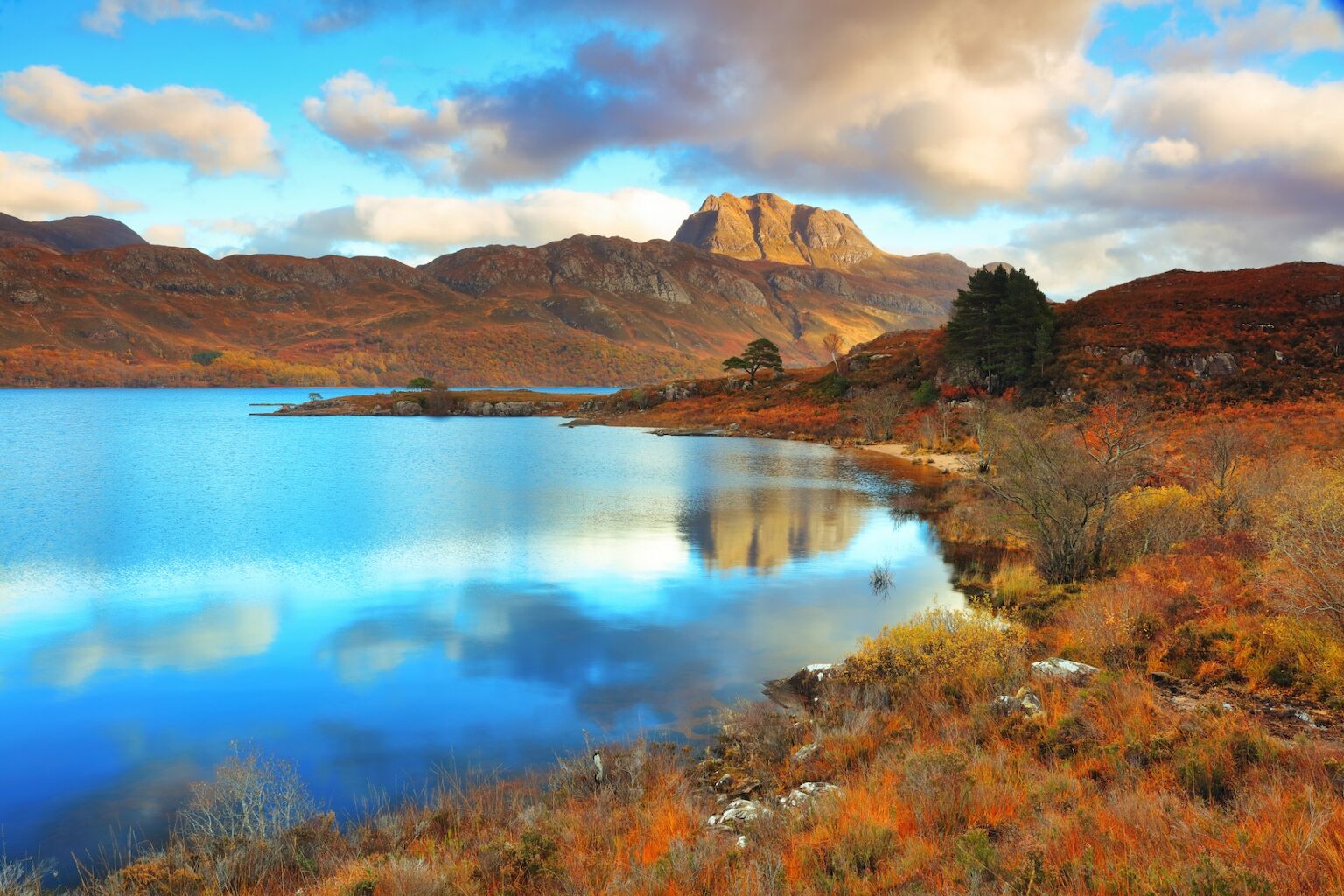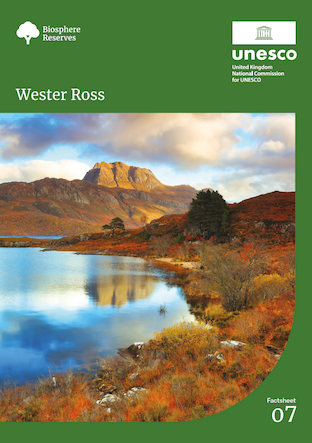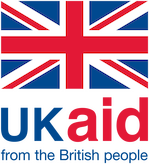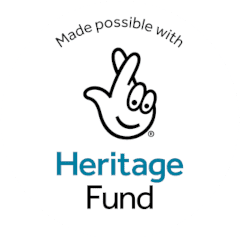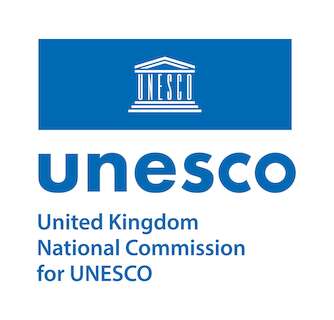Wester Ross Biosphere
The Gaelic word ‘dùthchas’ is used to describe a sense of belonging between the people and the land in which they live. There is no English translation for the word, but it has a special meaning in Gaelic-speaking communities. This special word is rooted in the work Wester Ross Biosphere does towards encouraging a strong connection between people and the land around them to create a sustainable future.
What makes this UNESCO Designation special?
Most UNESCO Biospheres are located in areas of breath-taking beauty, but Wester Ross focuses on much more than landscape – they also look under the surface. Wester Ross, located in the Northwest Highlands of Scotland, is a vast area with a very small population; just 1.6 people per km2, or a total of 8,000 people in 5,200 square kilometres.
Local communities are proud of their traditional music and ceilidhs, the Gaelic language, crofting and small-scale fisheries, but they are also forward-looking and diverse, with many people living in Wester Ross who make their living using new technologies.
The natural landscape is the major attraction of Wester Ross, dominated by spectacular mountains, forests, waterfalls, seascapes and lochs, home to an amazing collection of wildlife including white-tailed eagles, otters, pine martens, deer and red squirrels.

